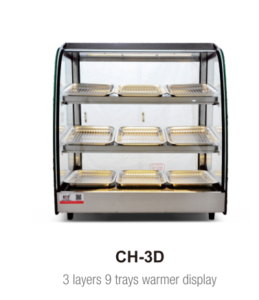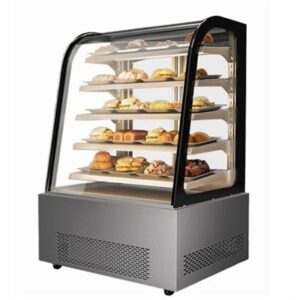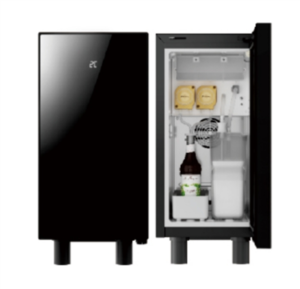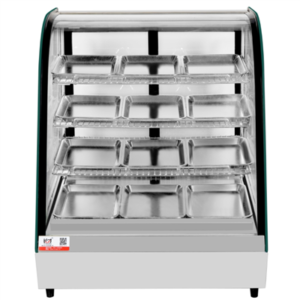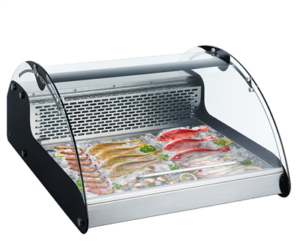Whether for retail, museums, or home use, well-crafted display cabinets require careful planning. Follow these fundamental rules to ensure functionality, safety, and aesthetic appeal.
1. Design & Planning Rules
📐 Rule of Visibility – Maintain a 30°-45° viewing angle for optimal product exposure.
📏 Proportional Depth – Cabinet depth should not exceed 60cm (24″) to prevent “tunnel effect.”
🎨 Lighting Layout – Install LED strips at 15cm intervals for even illumination (3000K for warm tones).
2. Material Selection Rules
🔶 Glass Standards – Use tempered glass (6-8mm thick) for doors/shelves (shatter-resistant).
🖼 UV Protection – For artwork/antiques, apply 99% UV-filter film to prevent fading.
🛡 Frame Materials – Aluminum for humid environments; hardwood for luxury displays.
3. Structural Integrity Rules
⚙ Load-Bearing Capacity – Shelves must support 2x the intended weight (e.g., 50kg capacity for 25kg displays).
🔩 Reinforced Joints – Use dowel-and-cam or mortise-tenon joints (avoid nails/screws alone).
⚖ Anti-Tip Rule – Anchor floor-standing cabinets over 1.2m tall to walls with L-brackets.
4. Functional Rules
🌀 Airflow Management – Leave 2cm gaps around refrigerated displays for condenser ventilation.
🔒 Security Protocols – Install keyed locks (ANSI Grade 2+) for high-value items.
🔄 Accessibility – Rotating bases should turn 360° smoothly with ≤5N force.
5. Safety & Compliance Rules
⚠ Electrical Safety – Low-voltage (12V) lighting only in metal-framed cabinets.
🚸 Child Safety – Rounded edges (radius ≥2mm) on corners below 1.6m height.
📜 ADA Compliance – Keep controls ≤122cm high for wheelchair access (US standards).
Pro Tips for Professionals
✔ Prototype Testing – Load test with 150% weight for 72 hours before final use.
✔ Modular Design – Allow ±5mm adjustment tolerance for easy installation.
